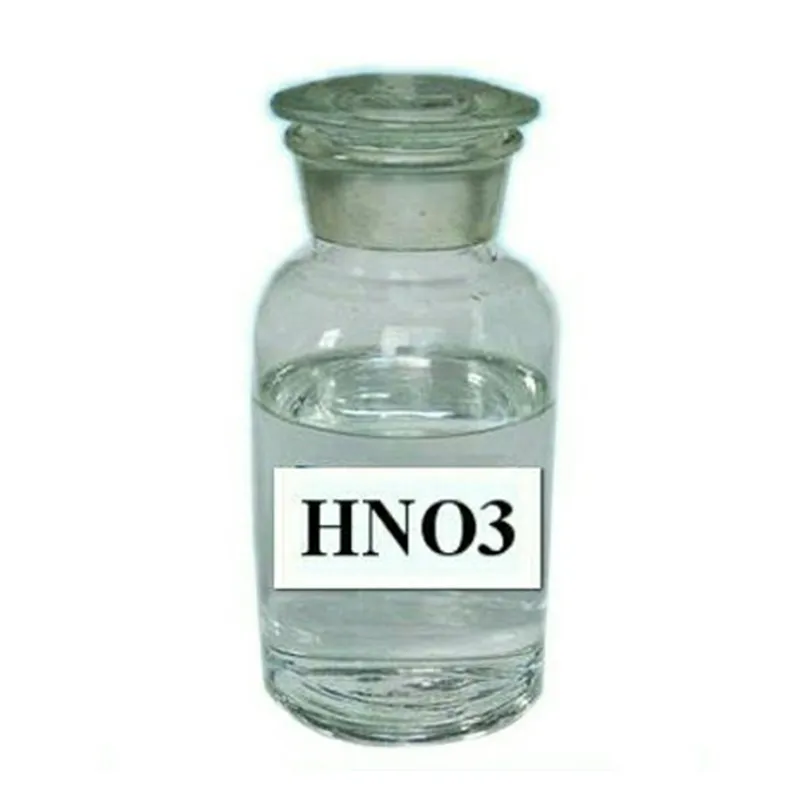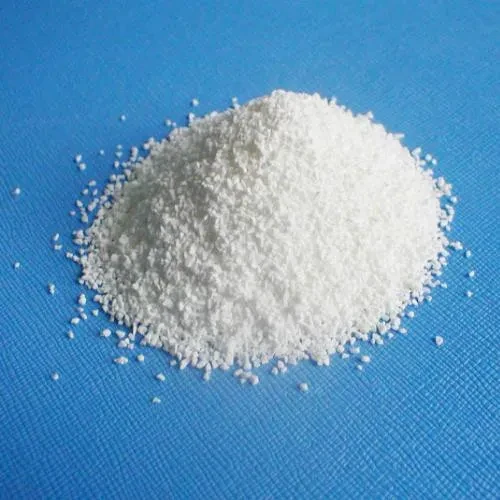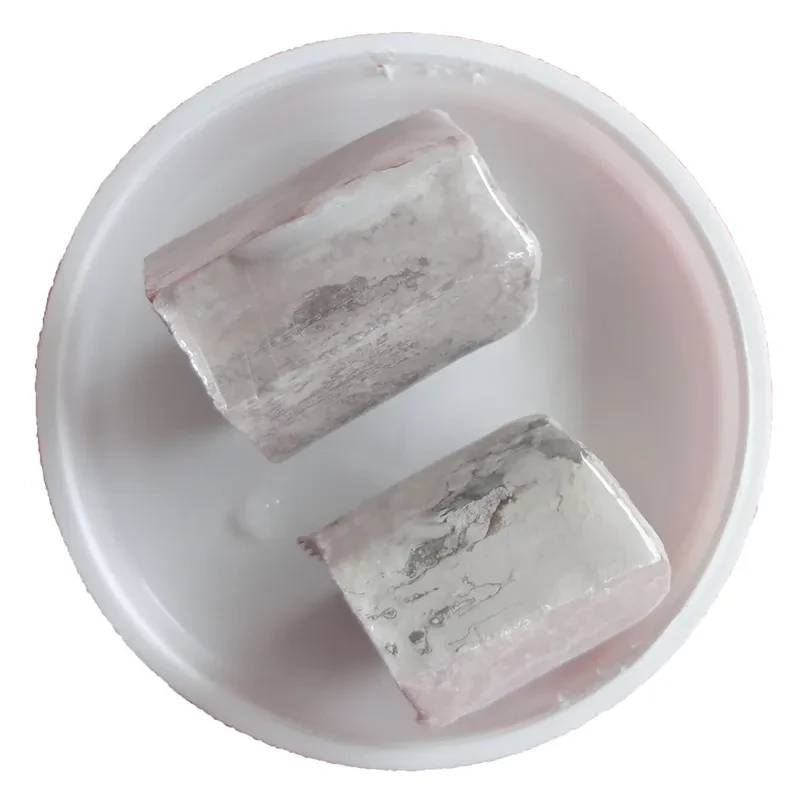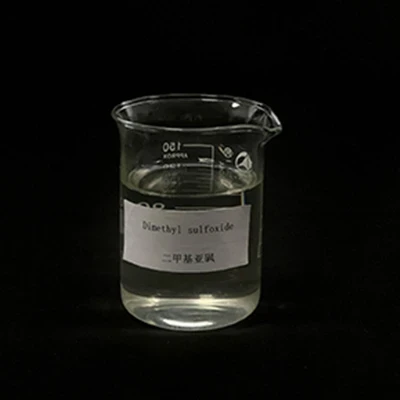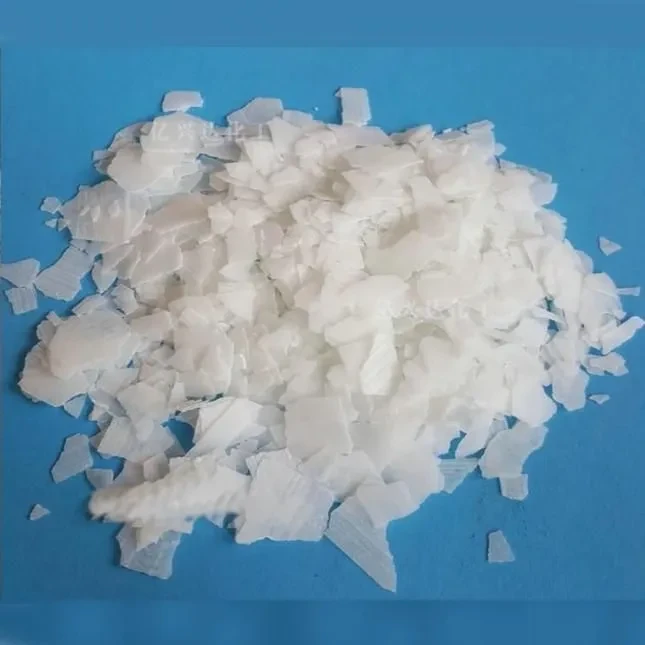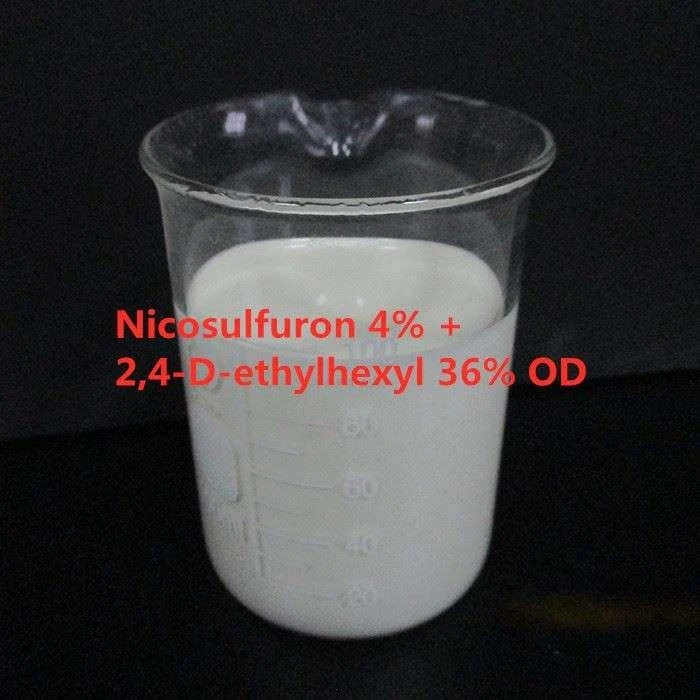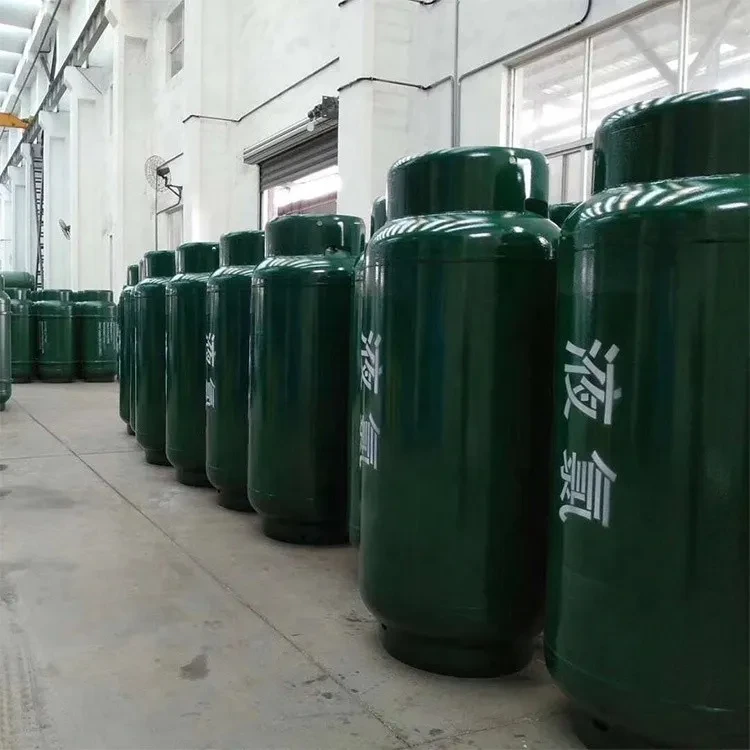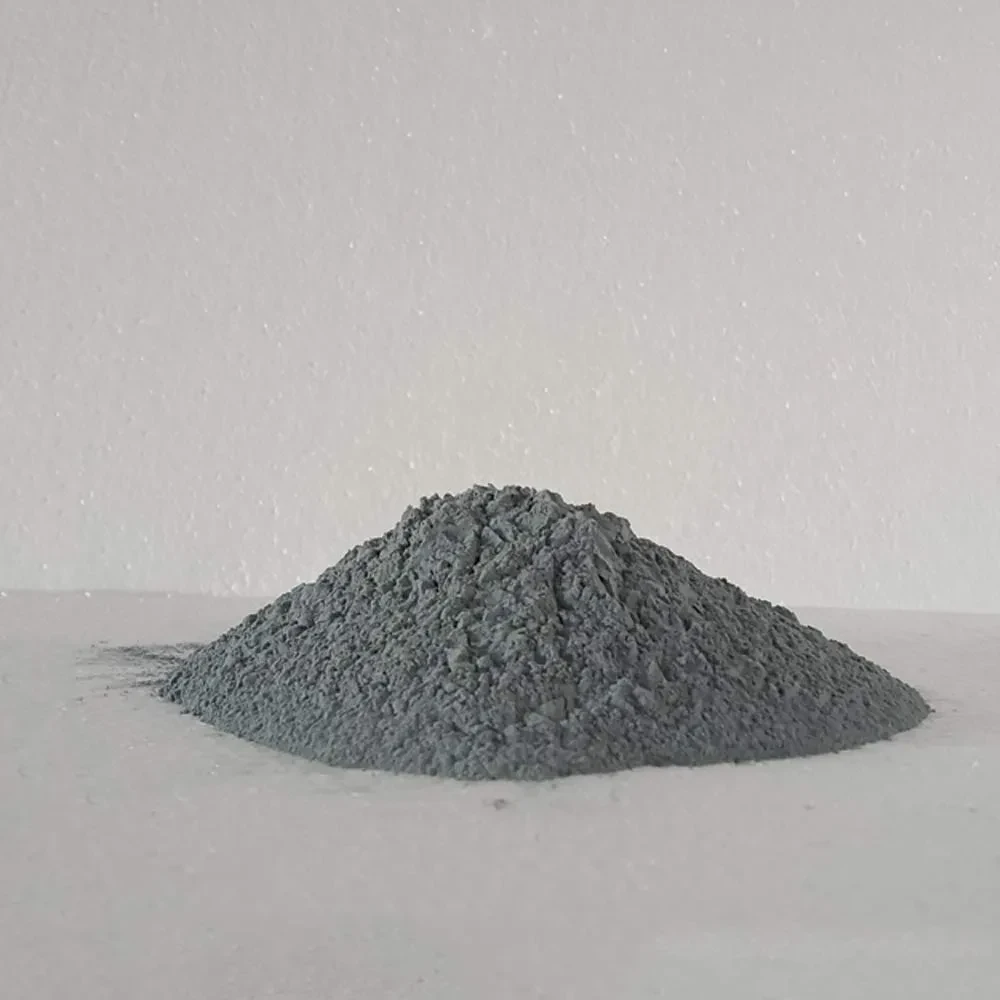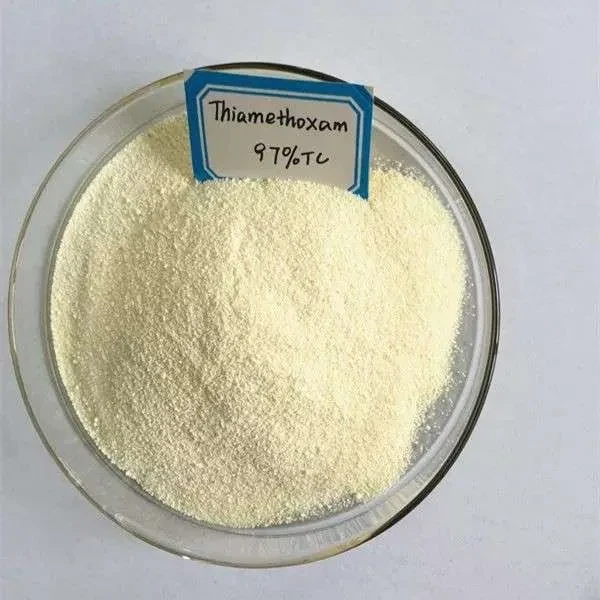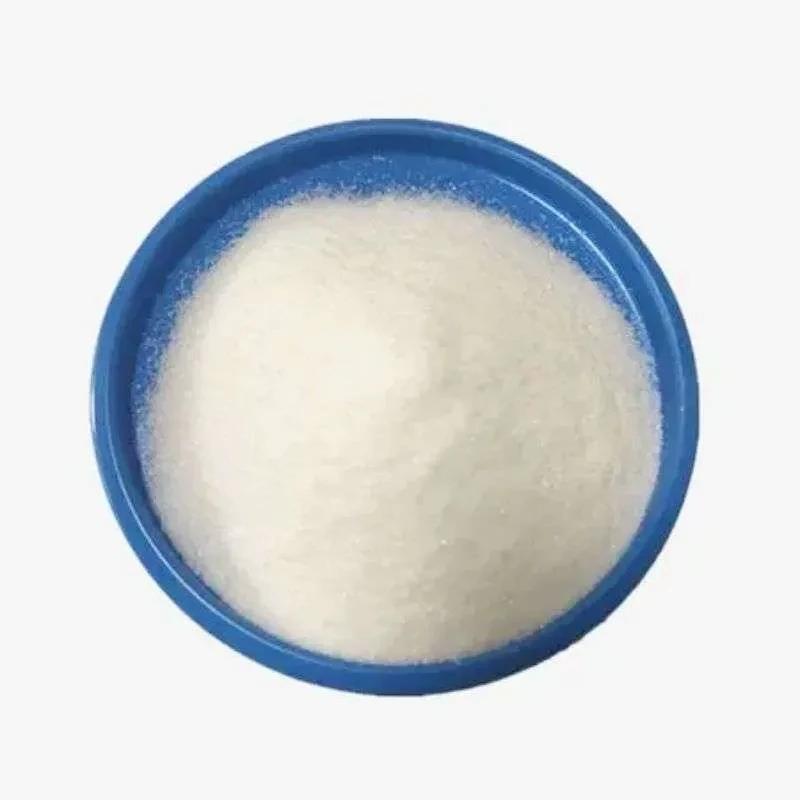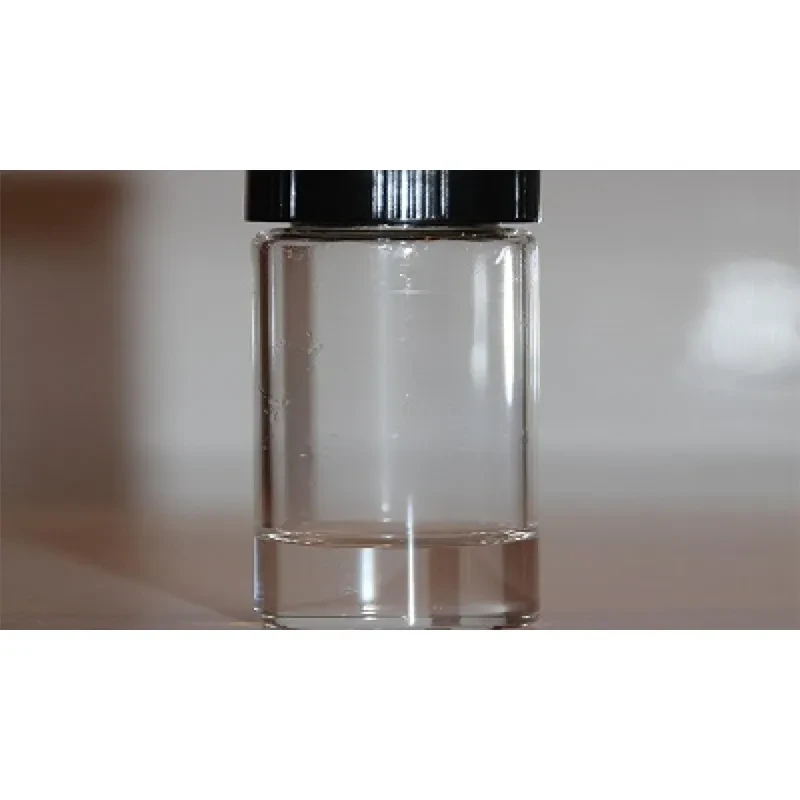CAS No.: 7697-37-2
Molecular Formula: HNO3
Molecular Weight: 63.01
|
Melting point |
-42 °C |
|
Boiling point |
120.5 °C(lit.) |
|
Density |
1.41 g/mL at 20 °C |
|
vapor density |
1 (vs air) |
|
vapor pressure |
8 mm Hg ( 20 °C) |
|
Flash point |
120.5°C |
|
storage temp. |
Store at +2°C to +25°C. |
|
solubility |
Miscible with water. |
|
pka |
-1.3(at 25℃) |
|
form |
Liquid, Double Sub-Boiling Quartz Distillation |
|
color |
colorless to deep yellow |
|
Specific Gravity |
d 20/4 1.4826 |
|
Odor |
Suffocating fumes detectable at <5.0 ppm |
|
PH Range |
1 |
|
PH |
3.01(1 mM solution);2.04(10 mM solution);1.08(100 mM solution); |
|
Water Solubility |
>100 g/100 mL (20 ºC) |
|
Sensitive |
Hygroscopic |
|
Symbol(GHS) |
|
|
Signal word |
Danger |
|
Hazard Codes |
C, O, Xi, T+ |
|
RIDADR |
UN 3264 8/PG 3 |
|
HS Code |
2808 00 00 |
|
HazardClass |
8 |
|
PackingGroup |
II |
Chemical Properties
Nitricacid,HN03, is a strong, fire-hazardous oxidant. It is a colorless or yellowish liquid that is miscible with water and boils at 86℃ (187 ℉). Nitric acid, also known as aqua fortis, is used for chemical synthesis, explosives, and fertilizer manufacture, and in metallurgy, etching, engraving, and ore flotation.
Nitric acid is an important starting material for the production of fertilizers and chemicals. Diluted nitric acid is used for dissolving and etching metals.
Nitric acid is an important material for the production of explosives.
Nitric acid was used in the wet plate process as an additive to ferrous sulfate developers to promote a whiter image color for ambrotypes and ferrotypes. It was also added to lower the pH of the silver bath for collodion plates.
The main use of nitric acid is for the production of fertilizer, with approximately three fourths of nitric acid production being used for this purpose.
Additional uses of nitric acid are for oxidation, nitration, and as a catalyst in numerous reactions. Nitric acid is used extensively in the metal industries. Nitric acid is used to pickle steel and brass surfaces in metal processing.
Nitric acid is one of the most widely used industrial chemicals. It is employed in the production of fertilizers, explosives, dyes, synthetic fibers, and many inorganic and organic nitrates; and as a common laboratory reagent.



